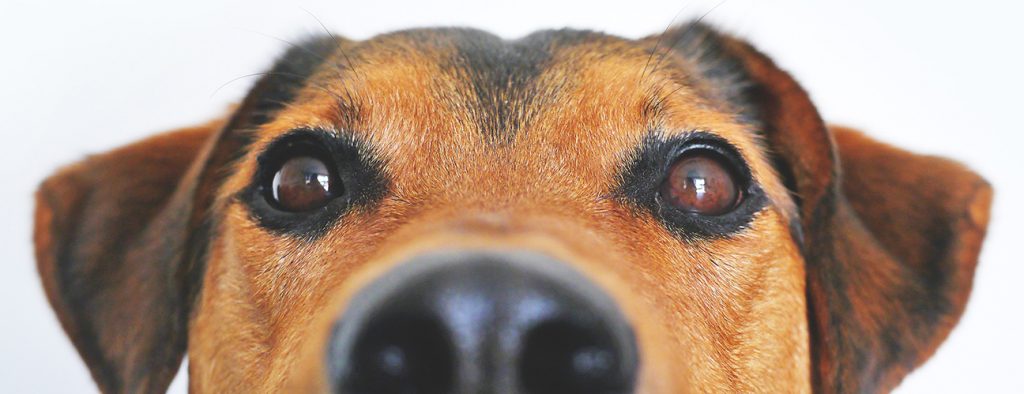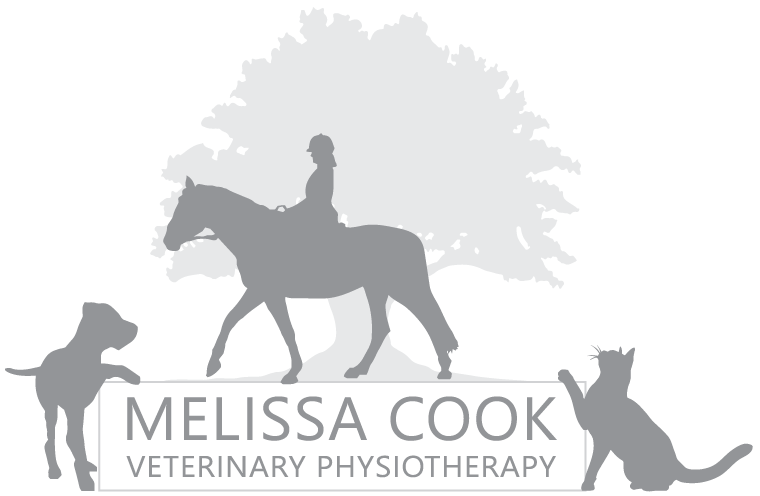Passionate about physiotherapy and animal rehabilitation specialising in working animals.

What to expect
I offer a variety of treatment techniques including; Class 4 Companion Laser, Electrotherapy, Manual therapy and Remedial exercise.
I will look at your animal’s history and the condition diagnosed by your Veterinary Surgeon. I will complete a thorough physiotherapeutic assessment of the animal’s musculoskeletal system including gait and static assessment and formulate a rehabilitation plan.
At every session, treatment will be re-assessed, and the plan altered accordingly following your Veterinary Surgeons guidelines providing treatment that is tailored to your animal’s needs.
I use a range of specialised equipment designed for animal use.
COMPANION LASER CLASS 4 – Photobiomodulation (PBM)
| Companion Laser-class 4 Laser therapy Laser therapy can be used to treat a range of conditions. It has many beneficial biological effects; |
| Promotes circulation |
| Reduces inflammation |
| Reduces swelling |
| Accelerates tissue repair |
| Improves nerve function |
| Relieves pain |
Class 4 lasers work by delivering light therapy to Tissue by Photobiomodulation (PBM). Results are achieved when a sufficient dose of light energy reaches targeted tissue. The Companion laser has an inbuilt patient protocol system. This allows us to select a specific species, including Horses, Dogs and Cats. Once a species has been selected, the program has many different conditions to choose from including, Osteoarthritis, wound healing and many more. Even the coat colour and thickness can be set to match the animal. |
ELECTROTHERAPIES
| PEMF (Pulsed Magnetic Therapy) Is one of the deepest treatments. It is useful in Chronic conditions such as arthritis. It aids healing and reduces pain. |
| NMES (Neuromuscular electrical stimulation) Is used to stimulate nerves and muscles. Often used in patients that are recumbent to prevent muscle atrophy. |
| TENS (transcutaneous electrical nerve stimulation) Stimulates the sensory fibres to achieve pain relief. |
| Red Light phototherapy Has many benefits- Stimulates wound healing – Arthritis – Soft tissue injuries. |
Types of Treatment
| Massage Not only does massage help to relax the patient it also increases blood flow and warms muscles. This is important as it allows me to perform other passive exercises such as stretches. |
| Soft tissue mobilisations Gentle pressure is applied to an area to stretch or move tissue. Soft tissue can refer to, skin, fascia, muscles, tendons and ligaments. |
| Trigger point therapy Trigger points are |
| Myofascial release Injury to tissue can cause adhesions and restrictions in the muscle and fascia. Myofascial release techniques are used to breakdown these areas to reduce pain and improve movement |
| Passive range of motion exercises |
| Stretches Are often performed alongside passive range of movement exercises. They help to maintain and improve muscle length. |
| Proprioception exercises These can help to restore normal movement and placement of limbs as part of the rehabilitation process. These are needed following nerve trauma. |
| Active range of motion exercises These are exercises that are carried out to increase the range of movement of joints and other restricted areas of the body. They can be fun exercises that you are your animal friend can do together while aiding the rehab process. |
| Wound repair Some wounds can take a long time to heal. Phototherapy speeds the healing process. |
| Hot and cold therapies Heat can encourage blood flow to an area which aids healing Cold can be used to aid pain relief and reduce swelling. |
| Home exercise plans and advice After the initial treatment, I will give you some exercise plans that can be carried out at home. Also, I will give you some advice on changes you can make in your animal’s environment to help with their condition. |
| Kinesiology taping is Used to activate or release muscles. Aiding in pain relief and improving circulation. |
Veterinary physiotherapists must work under the consent of a qualified veterinary surgeon, prior to physiotherapy treatment.
Please download a referral form below which must be signed by your veterinary surgeon.


